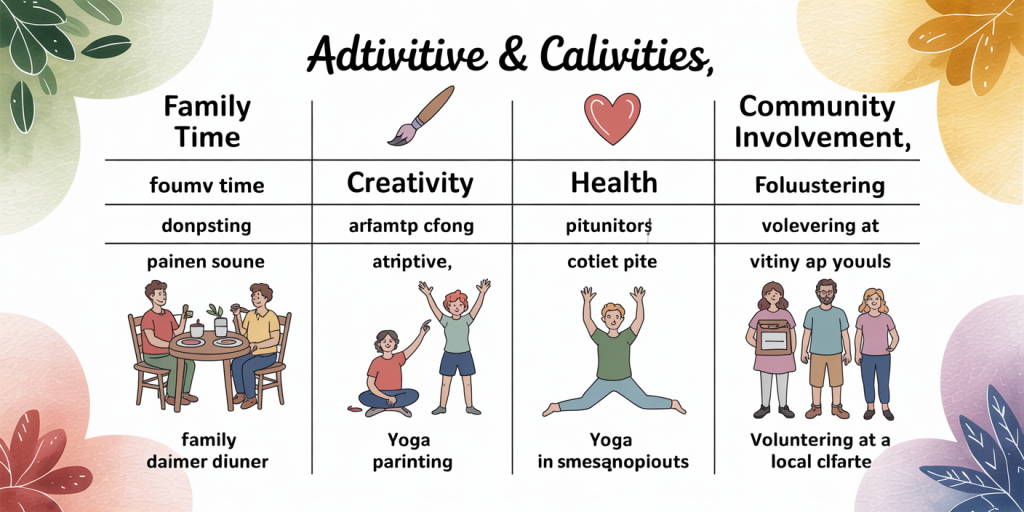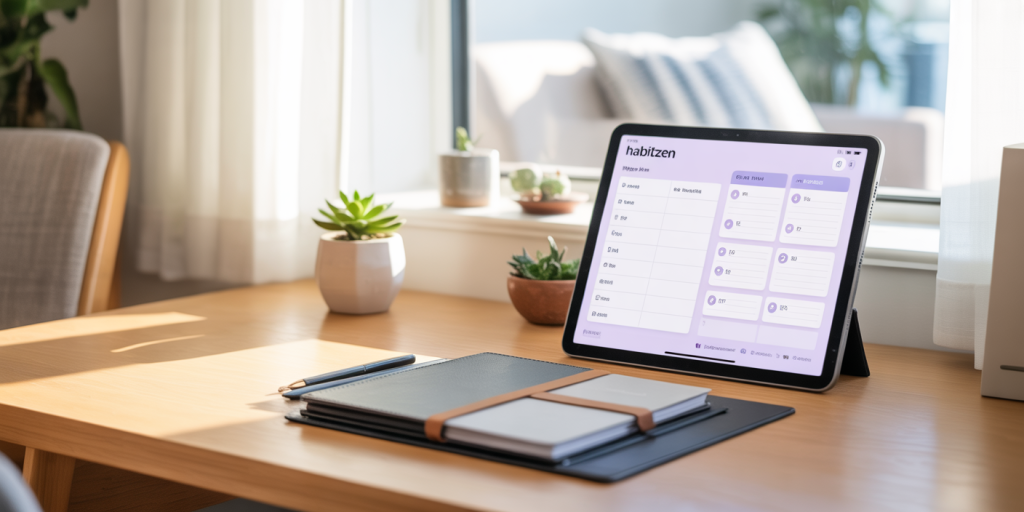Intentional living has become a powerful movement in today’s fast-paced, often distracted world. It encourages individuals to live with purpose, mindfulness, and clarity instead of drifting through life on autopilot. At its core, intentional living means making conscious choices every day that align with your values and goals. This mindful approach can foster greater satisfaction, reduce stress, and improve overall well-being. According to a 2022 survey by the American Psychological Association, people who practice intentional living report 33% higher life satisfaction and a 25% reduction in anxiety levels compared to those who do not. However, for many, the challenge lies not in understanding the concept of living intentionally but in integrating it into daily routines consistently.
By breaking down the practice into manageable daily actions, anyone can cultivate a lifestyle that prioritizes meaning over mere busyness. This article explores practical steps and strategies to help you practice intentional living one day at a time, supported by real-life examples and relevant data to enhance your journey toward a more fulfilled existence.
—
Understanding Intentional Living: Small Steps Yield Big Changes

Intentional living is often misconstrued as a dramatic lifestyle overhaul or a form of extreme minimalism. In reality, it involves small, deliberate changes that align daily habits with your core values. For example, instead of automatically scrolling through social media for hours, you might decide to spend 15 minutes journaling or reading a book that inspires personal growth. In this sense, practicing intentional living means asking yourself each morning, “What do I want to achieve today that aligns with who I am and what I value?”
A practical illustration can be found in the habits of bestselling author James Clear, who emphasizes incremental improvements in his book *Atomic Habits* (2018). Clear advocates for “1% better every day” as a sustainable route to transformation. Similarly, a study published in *Psychology Today* confirms that small, intentional daily behaviors reinforce positive neural pathways, making purposeful living easier over time. This systemic, bite-sized approach helps avoid overwhelm and builds momentum, encouraging real change month after month.
—
Daily Practices to Cultivate Mindfulness and Clarity
One foundation of intentional living is mindfulness—the practice of being present and fully engaged in the current moment. Simple habits like mindful breathing, focusing on one task at a time, or setting daily intentions can vastly improve mental clarity and reduce stress. Take, for instance, the corporate environment. Employees who participated in a 2021 mindfulness-based stress reduction (MBSR) program reported a 40% decrease in workplace anxiety and a 30% increase in productivity. This demonstrates how a mindful approach fosters better focus and intentional decisions throughout the day.
Start your morning by setting a clear intention. For example, “Today, I will listen actively in every conversation” or “I will prioritize self-care in small ways.” By reaffirming these intentions throughout the day, you create a mental framework that guides behavior. Implementing short mindfulness breaks—just two to five minutes every few hours—can also maintain your focus and prevent burnout. Apps like Headspace and Calm offer guided meditations that make incorporating mindfulness straightforward for beginners.
—
Aligning Daily Activities with Personal Values
Intentional living demands that your daily choices and routines reflect what genuinely matters most to you. Values such as family, health, creativity, or community involvement should inform everything from how you spend your time to the commitments you accept. For example, a working parent who values family life might intentionally block out evenings and weekends to focus exclusively on their children, rather than responding to work emails around the clock.

Consider the case of entrepreneur Sara Blakely, founder of Spanx, who attributes much of her success to living intentionally. By clearly defining her priorities and saying no to distractions, she maintains a balance between professional growth and personal life. This alignment increases satisfaction and reduces cognitive dissonance, which studies (Harvard Business Review, 2020) link to improved mental health outcomes.
Comparative Table: Examples of Aligning Activities With Values
| Value | Intentional Daily Activity | Benefit |
|---|---|---|
| Health | Meal prepping nutritious food | Improved energy, reduced illness |
| Family | Dedicated screen-free family time | Stronger relationships, emotional support |
| Creativity | Allocating 30 minutes to writing or drawing | Enhanced self-expression, fulfillment |
| Community | Volunteering weekly or participating in events | Sense of belonging, increased happiness |
—
Setting Boundaries and Prioritizing Self-Care
Intentional living is not just about productivity or working toward goals but also about recognizing your limits and fostering well-being. Setting healthy boundaries—to protect time, energy, and emotional resources—is essential. For instance, intentionally turning off work notifications after 6 p.m. can prevent burnout and improve sleep quality. A 2023 Gallup poll found that workers who set digital boundaries report 22% higher job satisfaction and 18% less stress.
Self-care goes beyond spa days or indulgences; it includes activities that sustainably nurture your mind and body. Examples include regular exercise, maintaining hydration, practicing gratitude, and seeking social connection. The key lies in making these self-care habits intentional parts of your daily routine rather than occasional treats.
—
Practical Tools for Maintaining Intentional Living Practices
To successfully practice intentional living one day at a time, leveraging tools and systems can help track progress and provide motivation. Journaling is a powerful method for reflecting on intentions, actions, and outcomes. Writing prompts such as “What did I do today that aligned with my values?” or “How could I improve my focus tomorrow?” deepen self-awareness and course correction.

Technology also offers numerous options. Apps like Todoist or Trello enable intentional task management, while habit trackers such as Habitica or Streaks gamify the process, providing a sense of achievement. Moreover, routine planners that incorporate intention-setting sections encourage starting each day with clarity.
Consider the example of Lisa, a marketing executive who struggled with distractions. She began using an intentional living journal and habit tracker simultaneously, which led to a 50% increase in meeting deadlines and a noticeable improvement in work-life balance after three months.
—
Looking Ahead: The Long-Term Impact and Growth of Intentional Living
The benefits of practicing intentional living accumulate over time, leading to profound changes in mental health, relationships, and overall life satisfaction. As daily intentional habits reinforce one another, they form a resilient foundation against stress, distraction, and superficial living. For instance, a longitudinal study from Stanford University (2021) found that individuals who engage in daily purposeful reflection report sustained improvements in happiness and goal attainment up to five years later.
Future trends indicate rising integration of intentional living philosophies into education, corporate culture, and technology-assisted wellness. As public awareness grows, we may see increased emphasis on teaching mindfulness and value-driven decision making from an early age. Workplaces are beginning to adopt intentional scheduling and wellness programs to support employee well-being systematically. Technological advancements might also enable more personalized guidance through AI-driven intention-setting apps tailored to individual values.
In the broader societal context, intentional living could foster more empathetic communities, environmental responsibility, and sustainable consumption, countering trends of consumerism and distraction. By practicing one day at a time, individuals contribute not only to their personal growth but also to collective well-being and resilience.

Deixe um comentário